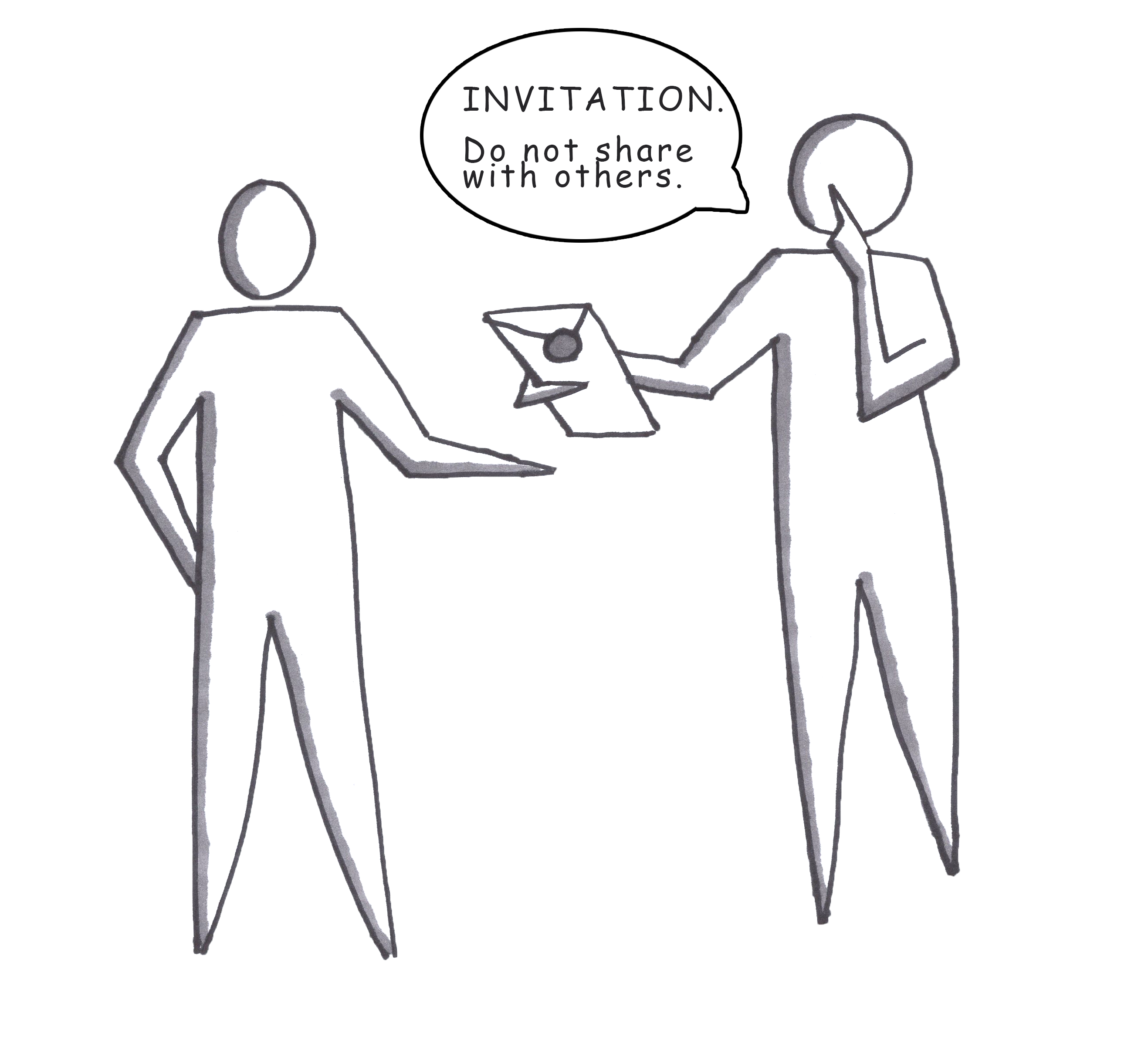Value Proposition Test - Broken Promise

Broken Promise Smoke Test
In Brief
People naturally want to share ideas or products they love with their friends. This smoke test helps test how much of a natural/inherent virality lies in the idea itself. It helps identify high-potential ideas before we've built a product.
Helps Answer
- Does the product answer an unmet need?
- Are users getting excited enough to share the product or product idea?
- Do we have an idea or product that people love?
- What relationships exist in our market?
- Who gets the most excited about the product?
Tags
- Viral
- Landing page
- Sharing
- Audience
- Segmentation
Description
This smoke test puts up a small social barrier (the social pressure of a personal promise) to see if anyone would consider the product idea worthy of sharing regardless of how developed it is. It tests the virality coefficient, or the "Referral" in Pirate Metrics' AARRR model. It is arguably a social variation of the landing page MVP.
This test is most relevant for early-stage founders, particularly when testing a variety of ideas. It helps identify which of a number of ideas actually have relative merit. Ultimately, it helps focus your resources on an attractive and buzzworthy product.
In terms of the mechanics, it works similar to a landing page. There is a dedicated web page with a call-to-action. On the thank-you page or in follow-up communication, the copy explicitly asks the registrant NOT to share the idea with others. After some time passes, you compare the original list of people you contacted with the actual list of signups. Anyone who wasn't in your original list of people you told about the idea is counted as a referral.
Referral rate = (total number of signups in a time period/total number of original people contacted)
If this is above 100 percent, then you are seeing referrals.
With this smoke test, you aren't testing conversion rate but referral rate. Has anyone referred the product despite being told that it's not to be shared?
To the extent possible, it's also worth noting who is being referred. This provides additional insight on the ideal target profile for that product idea. These referrals should ideally be interviewed to discover more about them.
Time Commitment and Resources
Minimal: 1-2 day developer and designer time, or you can use a viral landing page template like the ones at KickoffLabs.com
How to
- Send out a few early landing pages/code-free MVPs to a group of 10-15 people.
- Ask them not to share with anyone.
- Track email signups or a different CTA (follows, Facebook page likes).
- See which (if any) of the pages gets signups outside of the group you sent it to (broken promise = formula for growth).
(adapted from Art of Cleverness)
Interpreting Results
Interpretation is framed by how you originally formulated the experiment (i.e., what is the cutoff value for the referral rate required to make a go/no-go decision?). Also, be clear on exactly who you count, both in the original and referred groups. For example, immediate family like your mom doesn't count (as well as anyone she refers) unless she really is representative of your target market.
Potential Biases
- Confirmation bias: The interviewer can be prompted to sell their vision in case the interviewee's vision differs drastically. The interviewee feels compelled out of sympathy to adjust answers to the interviewer’s expectations.
Field Tips
- It’s only hard [to market an idea] if your idea or product isn’t loved. - @simonelucidi87
- Figure out your cutoff rate for referrals before you run a broken promise smoke test - @LaunchTomorrow
- Got a tip? Add a tweetable quote by emailing us: [email protected]
Case Studies
- Gmail invites auctioned on eBay
- Got a case study? Add a link by emailing us: [email protected]
Tools
- Viral Loops Pages
- Got a tool to recommend? Add a link by emailing us: [email protected]
References
- The Art of Cleverness: Use the Broken-Promise Strategy to validate your startup
- Got a reference? Add a link by emailing us: [email protected]
